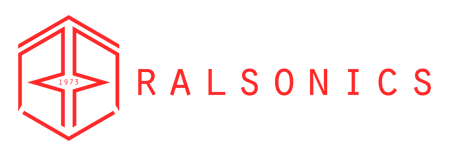30 Jul Ultrasonic Cleaning In The Steel Industry
Reading Time: 2 minutesSteel industry can achieve precision cleaning by adopting ultrasonic cleaners over regular surface cleaning practices. Ultrasonic cleaning is highly effective for removing contaminants like oil, dust, dirt, chemical residue, grease, carbon deposits, rust, metal particles, calcium deposits, etc., from surfaces.
Ultrasonic Cleaning Applications
Component Rust and Corrosion Removals
Rusting and corrosion are severe concerns for steel industry businesses. Manual rust-removal processes require acid or alkaline cleaners. These can often result in component damage when carried out over a long period of time.
On the other hand, ultrasonic cleaning can remove oxidation from various steel components, reaching even the tiniest crevices within the machinery without resulting in long-term damage due to excessive force of use of harsh chemicals.
Lime Scale Removals
Another operational issue is the build-up of lime-scale in steel industry machines. It can reduce heat transfer intensity affecting their efficiency. De-scaling is typically achieved with the use of strong chemical solutions. However, compared to ultrasonic cleaning, the use of chemicals can be expensive and harmful. Ultrasonic cleaning dislodges solid residues effectively without manual intervention.
Ultrasonic Bath for Removing Lubrication
Ultrasonic solutions are highly effective if they are implemented after they have undergone ‘degassing.’ This process helps in lowering the dissolved gases in the bath. The presence of gases can decrease the overall effectiveness of an ultrasonic bath.
After degassing, these baths provide the ideal solution for removing lubrication that the objects contract during the production processes of the steel industry. Specifically, ultrasonic baths are suitable for cleaning steel rods and wires in production.
An ultrasonic cleaner can help you clean steel components better and in much reduced time. It also leads to reduced production expenses while improving the performance of the cleaning process.
Conclusion
At Ralsonics, we use ultrasound typically in single or dual-frequency wavelengths of 20-40kHZ. It agitates the fluid field enabling optimum cleaning of solid materials. We recommend it highly for fabricated metal parts that fit into mechanical assemblies or complex machinery often exposed to contaminants. We also offer comprehensive ultrasonic cleaning applications for the steel industry. You can view our range of services on our website www.ralsonics.com or call us directly to book a consultation.



No Comments